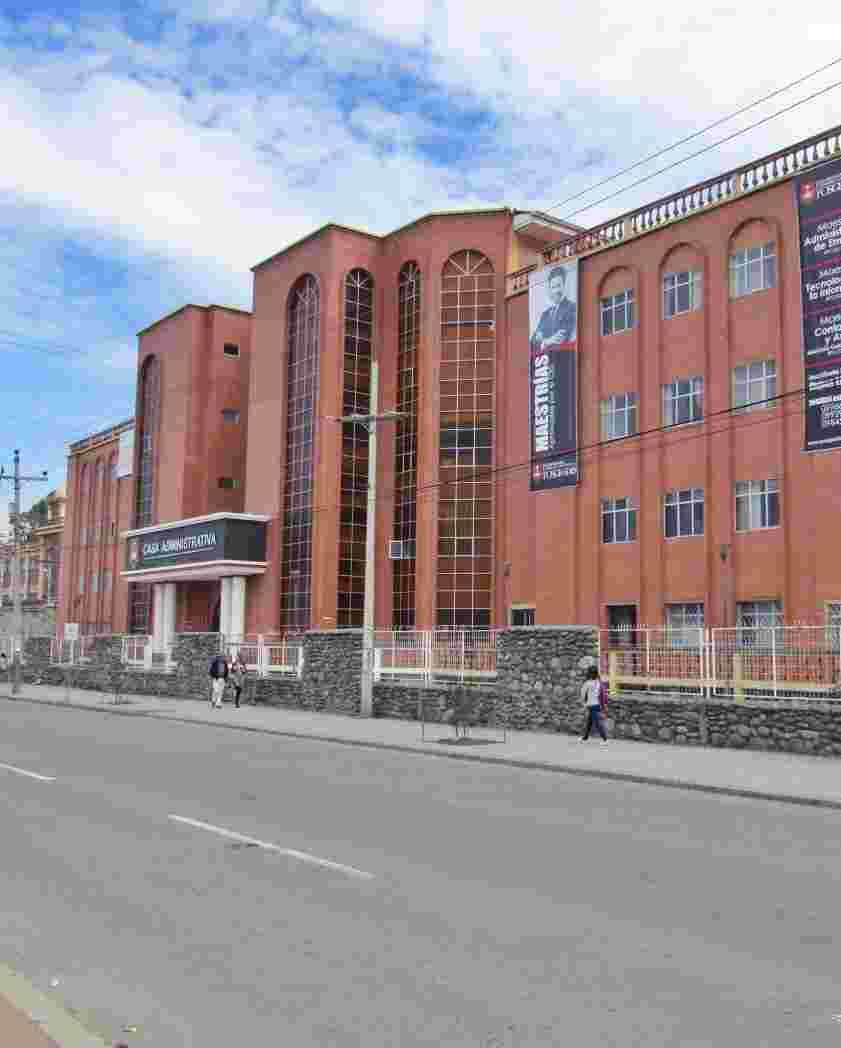Trabajos de Titulación - Ingeniería Civil
URI permanente para esta colecciónhttps://dspace.ucacue.edu.ec/handle/ucacue/38
Examinar
Examinando Trabajos de Titulación - Ingeniería Civil por Asesores "Calle Castro, Carlos Julio"
Mostrando 1 - 1 de 1
- Resultados por página
- Opciones de ordenación
Ítem Acceso Abierto Análisis del comportamiento de una viga a flexión, al variar el ángulo del gancho estándar para el desarrollo de barras corrugadas a tracción(Universidad Católica de Cuenca., 2025) Guachisaca Saca, Leidy Andrea; Calle Castro, Carlos Julio; 1950009132The structural design of reinforced concrete beams depends on an adequate bond between the reinforcing steel and the concrete. Therefore, standard hooks in longitudinal reinforcing steel have been widely used to improve stress transfer and ensure structural behavior. Furthermore, current regulations such as ACI 318-19 and NEC, limit their design to angles of 90° and 180°. This limitation raises the need to experimentally evaluate the behavior of beams with different hook angles of 30°, 60°, without hooks, and additionally what the standard recommends, to analyze the behavior of all hooks using a flexural test. Within the analysis of the flexural test, the aim is to find the following parameters: maximum force, maximum moments, and maximum unit strain. For this, 3 samples are made for each hook type to obtain better results. The results demonstrated that the beam without a hook has the lowest resistance. On the other hand, the beams with 60° and 90° hooks stood out for their efficiency, reaching maximum loads of 4328.05 kgf and 4330.14 kgf and maximum moments of 541.00 kgfm and 542.02 kgfm, with a unit strain of 0.0134 and 0.0102. These results suggest that a 60° angle could offer structural performance comparable to 90°, despite not being contemplated in current regulations.




